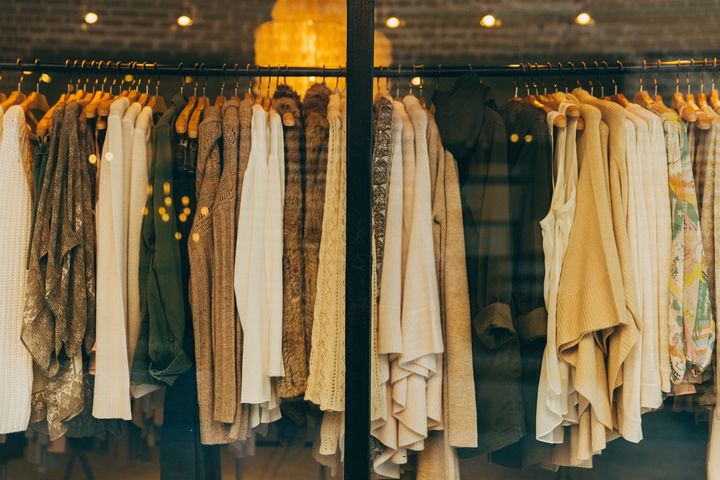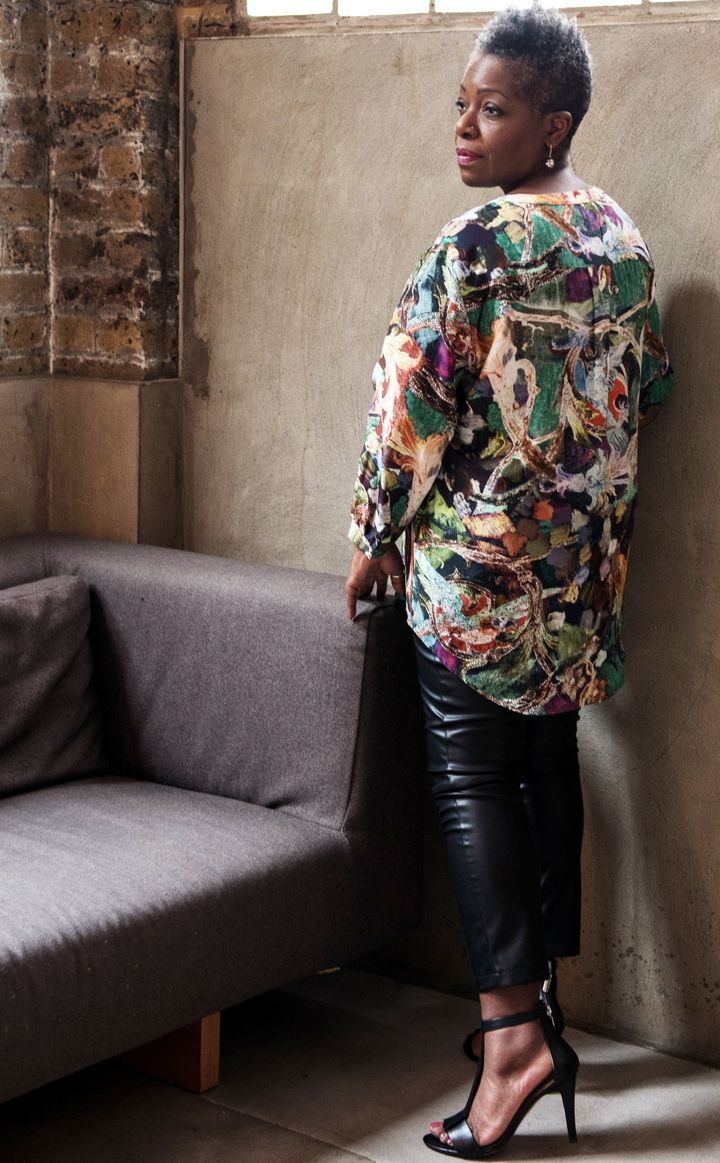
Are we using the term ‘frumpy’ too much?
It’s finally being recognised that being middle aged doesn’t mean wanting to dress frumpy. All over blogs, articles and forums, women are speaking out and criticising fashion labels and retailers for offering these types of clothes, and campaigning for them to realise a love for style and looking good doesn't disappear with age.
But whilst the sentiment is to be applauded, I’m concerned the term ‘frumpy’ is starting to become overused and confused.
Because, as with ‘style’ we all have our own interpretations of it. So whilst it’s all very well saying ‘we don’t want frumpy clothes’, if we’re unable to define what we mean in some way, then it becomes much harder for brands and retailers to interpret what we’re demanding in the right way.
According to the dictionary, frumpy is “(a woman or her clothes) looking dowdy and old-fashioned.”
Well that’s not particularly helpful. ‘Old-fashioned’ is easier to understand, but given so many past fashions are becoming trendy again, that complicates things. And ‘dowdy’ – well to be honest that’s just as ambiguous as ‘frumpy’ in a lot of ways really. So we’re back to square one.
When I think of the word ‘frumpy’, the first thing that comes to mind is shape. I picture someone covered in swathes of fabric, that totally dominates her figure, rather than compliments it.
That’s not to say I think wearing items with lots of fabric are innately frumpy. I adore midi and maxi- skirts, and turtle necks can look so chic. I do think some people see these garments, and straight away think of them as frumpy – particularly those who prefer to show more skin. But to me, as with every piece, the only way they become frumpy is if they cut poorly in width and length, don’t work on the wearer’s figure, and aren’t worn with the best pieces.

Wearing lots of fabric doesn’t have to be ‘frumpy’ - it’s all about cut, proportions and the attitude of the wearer
What this boils down to is that looking ‘frumpy’ isn’t actually because of the clothes themselves, but the look, and person wearing it as a whole. When I asked members of our Ageism Is Never In Style forum what ‘frumpy’ means to them, Brenda Kilgallon hit the nail on the head when she said ‘women look frumpy when they have emotionally given up the need to look good. Frumpy is saying “please don’t look at me.”’
So in my opinion, when we say we want labels and retailers to stop with frumpy clothes, what we’re really saying is “stop offering clothes, creating looks, and using imagery that makes us feel like we should be giving up.” It’s not actually about particular garments, it's the whole statement that's being conveyed.
With this in mind, I think we need to start using the term ‘frumpy’ less liberally. If you don’t like a look or image, consider why. If it’s just that it isn’t to your taste, then perhaps it isn’t frumpy? It just isn’t your cup of tea. We should only use the term when we’re almost offended or saddened by the message the look conveys. Only then will we all – individuals, brands and retailers alike - be able to truly understand what and where changes need to be made.
